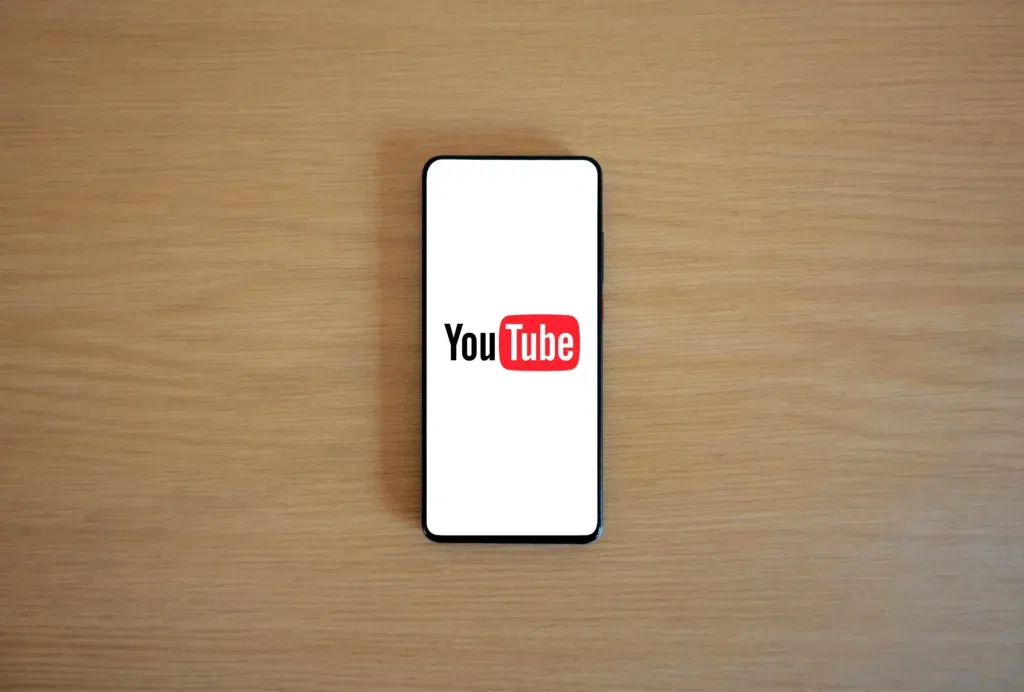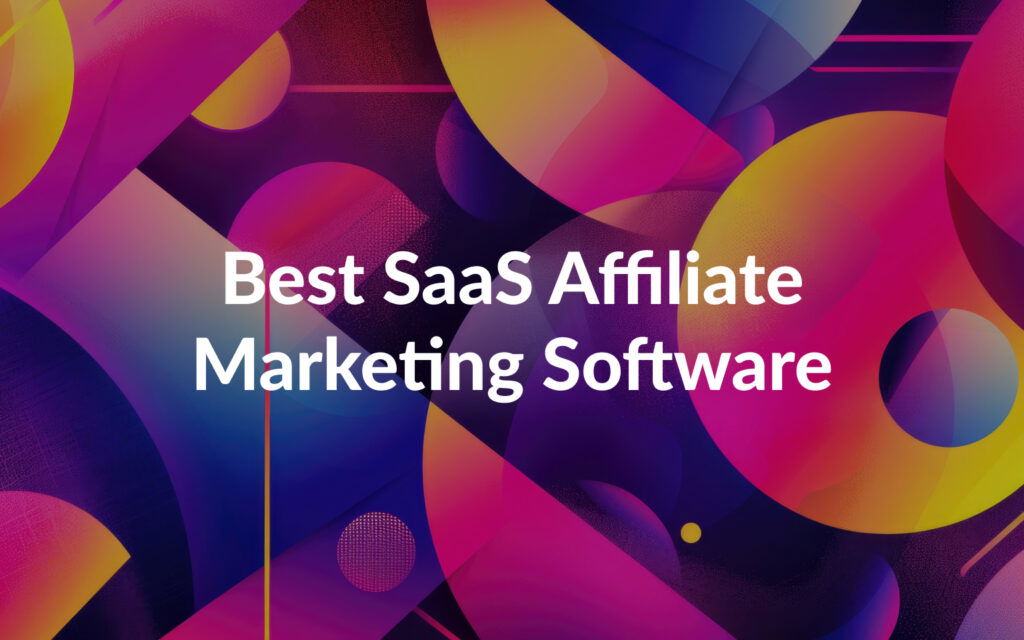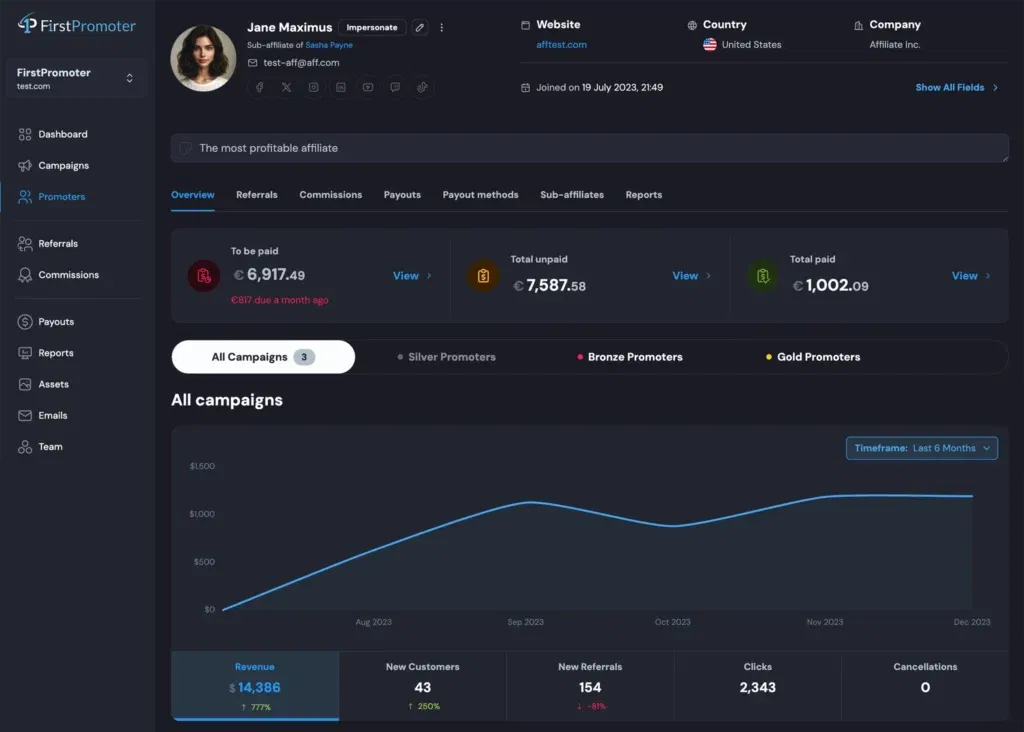When you hear the term “social media,” the usual suspects tend to come to mind: Instagram, TikTok, Facebook, or X (formerly Twitter). But YouTube leaves many to debate whether it is a social media platform or a search engine.
The simple answer is that YouTube is social media, but that’s not all there is to it.
In this post, we’ll be discussing why YouTube qualifies as social media. More importantly, we’ll be exploring how you can leverage its unique position as a tool for affiliate marketing in 2025.
Table of Contents
Is YouTube Social Media or a Search Engine?
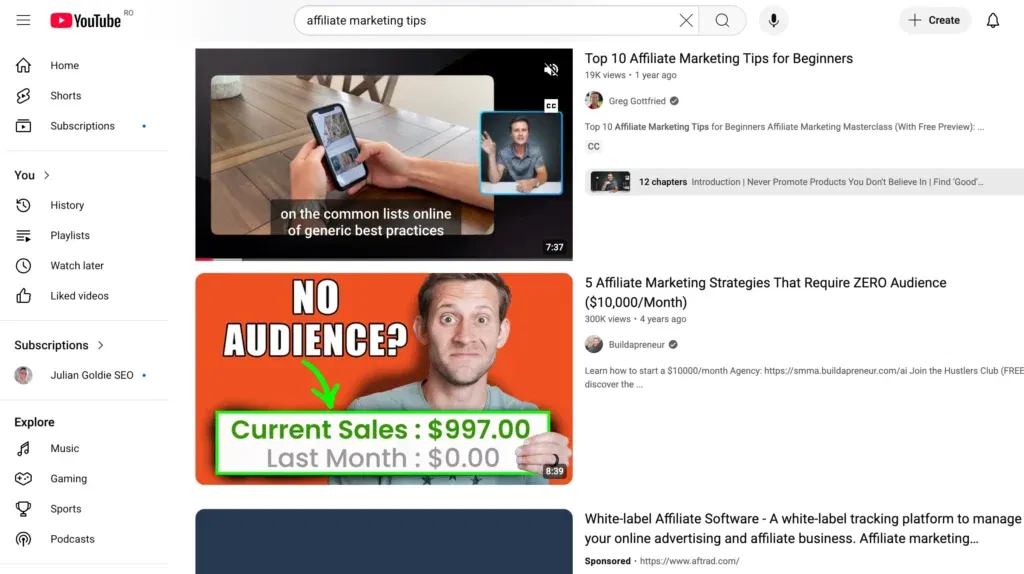
Is YouTube a search engine? Yes, it is.
YouTube is one of the most visited websites in the world. Many users visit the site to find answers, learn a new skill, or gather information. They typically search for videos with clear intent, such as “how to build an affiliate marketing career” or “best laptops in 2025.”
Like Google’s search engine, YouTube’s algorithm ranks videos using relevance, keywords, and engagement, enabling it to provide users with the best-fit videos that answer their questions.
On the other hand, YouTube also operates as a social media platform. The heart of social media is interaction and community building through the sharing of ideas and information. YouTube provides the ideal environment for this.
Beyond video sharing, YouTube enables users to interact with one another via likes, shares, comments, and by subscribing to channels. Users have access to feeds, suggested videos, and reels, much like on other social media networks. YouTube also allows users to share video links across platforms.
In the end, it’s safe to say that YouTube is considered both a social media platform and a search engine. It seamlessly blends the functionality of a search engine with the community-driven dynamics of social media.
Different Types of Social Media Platforms and Where YouTube Fits In
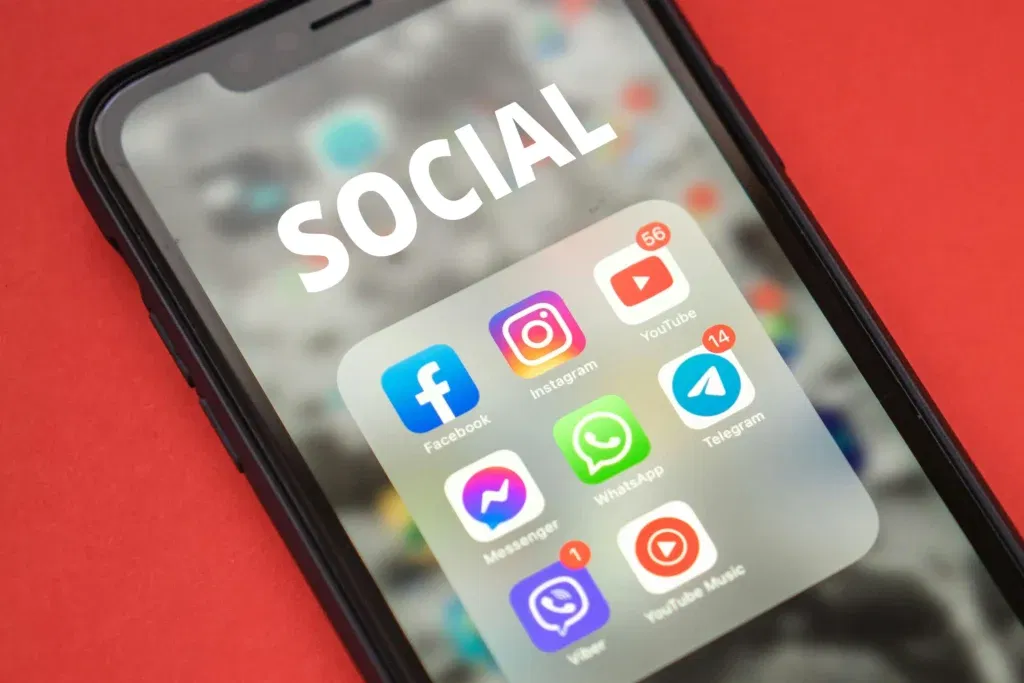
Now that we’ve established YouTube as social media, let’s talk about the different types of social media and where YouTube fits in.
We can classify social media into four broad spectrums: social networking sites, media-sharing sites, community-based or discussion sites, and communication-focused sites.
- Social Networking Sites: These sites are predominantly for connecting with people, sharing text updates, and meeting other people. Examples include platforms like Facebook, LinkedIn, and X.
- Community-Based or Discussion Sites: These social media platforms are mostly built around asking and answering questions and having discussions around niche topics or areas. Examples include platforms like Reddit and Discord.
- Communication-Focused Platforms: These are instant messaging platforms that evolved over time. A great example is WhatsApp. Although it started as a means of communication, it has evolved into so much more, with features like status updates, communities, and channels.
- Media-Sharing Sites: These are social media sites that are predominantly for sharing photos or videos (whether long or short form). This is where YouTube fits in. Other examples include Instagram, Snapchat, and TikTok.
Many of these social platforms overlap in some ways. For example, Instagram is a media-sharing app that also functions as a communication platform. In the same vein, X is a networking site, but it can also function as a discussion site. Facebook does a bit of everything.
How YouTube Qualifies As Social Media
There are several key social features that make YouTube a social media. Let’s explore a few.
Personal Accounts
One of the hallmarks of traditional social media is the ability to create personal accounts. Anyone can create a profile on YouTube with which they can upload videos and interact with other users.
Like other platforms, you don’t need a profile to access YouTube videos, but you must have one to interact with posts.
Interaction and Engagement
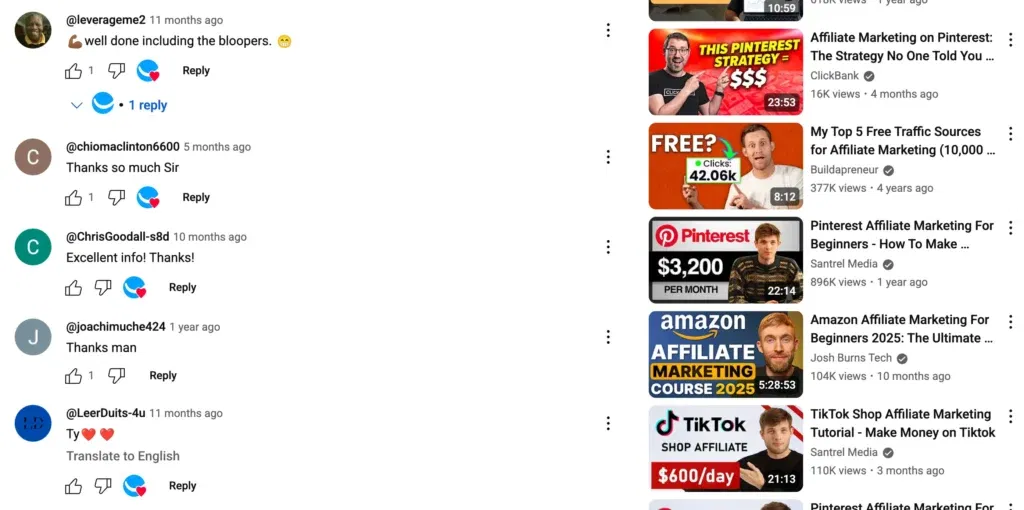
YouTube enables users to interact with each other and the content. Just like on other social platforms like Instagram and Facebook, users can like, comment, share content, and subscribe to channels. Additionally, YouTube also offers a live chat feature for real-time interaction during live stream sessions.
These engagement tools encourage community marketing, much like a social media platform.
It also recently introduced a community tab for creators to interact with their followers in-between videos. The feature allows creators to post updates like texts, images, and even polls. This tool has proven very effective in helping creators connect with their subscribers.
The introduction of these features means users can actively participate, not just passively watch videos, as in the case of other search engines.
User-Generated Content
YouTube thrives on user-generated content, much like other social platforms. Statistics show that over 500 hours of YouTube videos are uploaded every minute. This means that people from all over the world are creating and sharing video content every day.
YouTube further simplifies the process by equipping creators with the tools they need to create engaging content and reach more people.
While high-quality, cost-intensive videos are nice, many big names on YouTube today didn’t start like that. More than gloss and shine, consumers are looking for videos that resonate with them; these are the ones that go viral fast in the YouTube ecosystem.
Community and Connections
YouTube’s social ecosystem fosters community and connection among like-minded people. Users can follow hashtags or specific keywords to find channels in their niche of interest.
In the same vein, creators must include the relevant keywords and hashtags in their videos so that they are discoverable by their target audience. This step is vital, especially for YouTube channels that are trying to expand their following.
Personalized Feeds
Another key part of social media platforms is personalized feeds. Like Facebook or Instagram, YouTube curates personalized feeds for its users depending on the videos they’d last interacted with and their unique interests.
It observes your search history and starts suggesting YouTube content from your favorite creators and similar channels. Its algorithm is designed so that videos with higher likes and engagement are suggested to users interested in that niche.
Creator Economy
YouTube has a thriving creator economy. The YouTube Partner Program allows creators to earn money from YouTube ads, channel membership, and funding options. This program gives creators the tools they need to earn enough to transition into full-time content creators.
Due to the video-sharing platform’s wide reach, creators also earn money from influencer partnerships, social media campaigns, and affiliate marketing.
How to Use YouTube for Affiliate Marketing in 2025
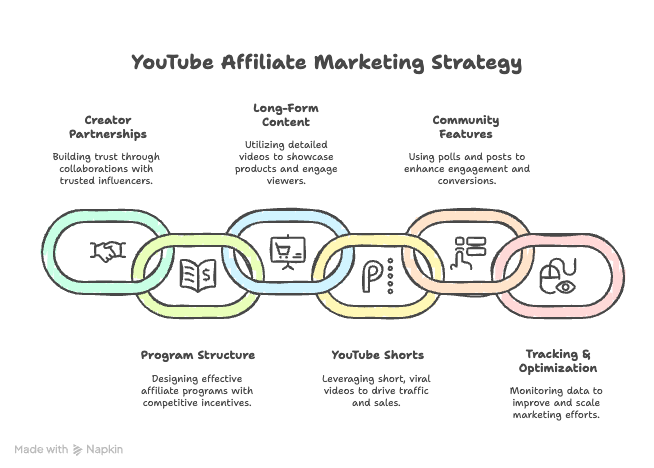
Affiliate marketing relies on trust, visibility, and engagement. Thankfully, YouTube has the tools you need to achieve these results with ease. Here’s how to leverage YouTube for affiliate marketing in 2025:
1. Partner With the Right YouTube Creators
YouTube influencers are trusted voices in their niches. Through consistent effort, they’ve built a community of people who trust their recommendations and value their opinions.
Partnering with the right YouTube creators helps you reach highly targeted audiences that are already interested in your niche. It also helps you build credibility via authentic recommendations.
It is important to note that this only works when you partner with the right creators, i.e., those whose community is your target audience.
You can find them by manually combing through the YouTube ecosystem, or you can use an affiliate marketing agency like Vivian Agency to source and manage your affiliate relationships.
2. Structure Your Affiliate Program for Success
It won’t matter how much of a good fit your creator is if you don’t have an effective affiliate marketing program. A well-designed program will ensure you attract high-quality affiliates. Some points to consider include:
- Offer competitive commission rates: Competitive rates motivate creators and attract high-quality affiliates.
- Provide promotional resources: Make it easy for creators to promote your products by providing them with promotional resources like brand logos and branded merchandise.
- Offer unique incentives: Provide exclusive perks like free products for reviews, special discount codes, and early access to new product launches.
- Clearly outline your terms and conditions: Define the rules of engagement, accepted marketing methods, and payment schedules. This clarity builds trust and avoids misunderstandings.
3. Invest in Long-Form Video Marketing
Unlike TikTok, YouTube supports long-form content that can market your products in detail. Take advantage of this feature to create a variety of long-form content with your products at the focal point. The options are endless, from product reviews to unboxing, “how-to guides,” and comparison videos.
4. Leverage YouTube Shorts
YouTube Shorts are also a goldmine for affiliate marketing. Encourage your affiliates to create quick, engaging Shorts that drive traffic to their longer-form videos or directly to your product page. Combining viral short-form videos with evergreen long-form content makes YouTube a powerhouse for affiliate sales funnels.
5. Use Community Features for Conversions
YouTube’s community tab offers several features you can use to optimize conversions. You can use the Polls tool to gather greater insights and feedback from your customers, or use images and posts to remind followers of discounts. You can also use the links feature to drive affiliate clicks outside video content.
Working with creators who use these tools gives you multiple opportunities to reiterate your message and offers.
6. Track, Optimize, and Scale
Tracking ROI is a vital part of affiliate marketing. You need comprehensive data to optimize and scale your program. You can achieve this by:
- Tracking the click-through rates on affiliate links: Provide each affiliate with a unique link or discount code. This way, you can track which creator is driving sales. You should also consider allowing creators to link to a particular product. This reduces friction for the buyer and increases sales.
- Tracking YouTube analytics: Analytics like watch time, retention, social engagement, and demographics can give you valuable insight into the health and reach of your campaign. You can then use this information to get maximum results.
- Listening to feedback: The comments and questions viewers drop in the comment section are often a viable source of feedback and market research.
Let Vivian Agency Handle Your Affiliate Marketing Needs
YouTube is not just a video site; it’s a powerful video-sharing platform that can skyrocket your affiliate marketing. However, managing YouTube affiliate programs and campaigns can quickly become overwhelming.
Thankfully, influencer and affiliate marketing programs are our specialty. We handle the process from start to finish, including finding the right creators, structuring campaigns, tracking results, and scaling success.
We’ll take care of the nitty-gritty so you can focus on growing your business.
Ready to take your affiliate marketing to the next level? Book a call with us today or contact us here, and we’ll answer all your questions.
